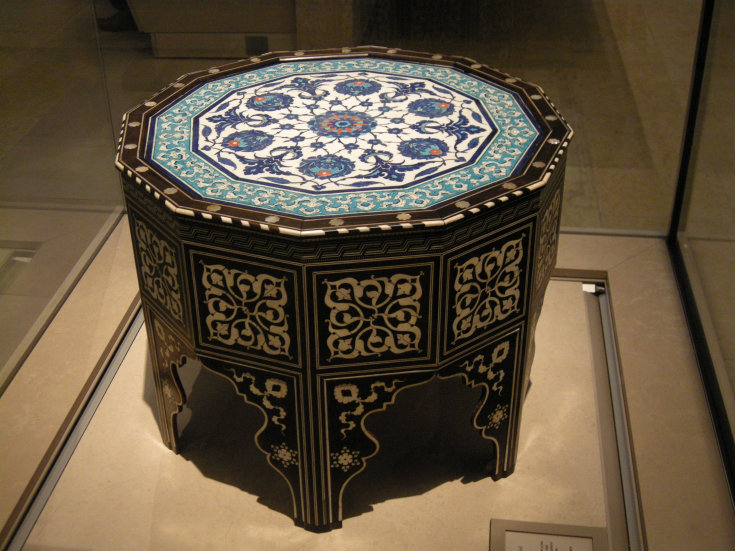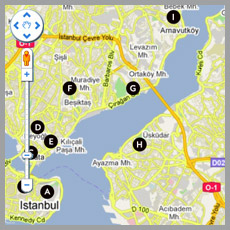Were you aware of the Ottoman Empire’s crucial impact on European culture? Indeed, the Ottoman lifestyle exerted a substantial influence on Europe, from clothing styles to culinary habits, from everyday life to various forms of art…
The book “Reflections of Ottoman Culture in Europe: 1453-1699”, comprising 400 illustrations, based on a six years long field study conducted by art historian Prof. Dr. Nurhan Atasoy and historian Lâle Uluç in 14 countries and published by ARMAGGAN Publishing House with the support of the Turkish Cultural Foundation, sheds light on this captivating subject.
The book deals with the period beginning with the conquest of Istanbul in 1453 and ending with the conclusion – in the aftermath of the unsuccessful siege of Vienna, which, in the eyes of European Powers, terminated Ottoman invincibility – of the Treaty of Karlowitz in 1699, marking the end of the Ottoman Empire’s centuries-long period of expansion in Europe. That era of the rise of the Ottoman Empire was chosen on purpose by the authors, since it also corresponded to the time of the most tangible cultural interaction between the Ottomans and Europe. The Balkans, Eastern Europe and the Principality of Moscow constituted the most important markets for Ottoman silk products. In autonomous principalities under Ottoman control such as Wallachia, Moldavia, Transylvania, caftans made of Ottoman silk decorated with Ottoman patterns constituted the basic clothing style for aristocracy. The rich variety of flowers from Istanbul and Anatolia and their extensive usage in daily life genuinely impressed European travellers and ambassadors. Before the much renowned tulips, a great number of other flowers such as crocus, cyclamen, hyacinths, lilies, peonies, carnations, various sorts of daffodils and iris were exported to Europe before the 1600’s. Carpets and rugs were another area of interplay. Carpets woven in Anatolia and other parts of the Ottoman Empire were signs of wealth at European palaces and mansions. In the register books of the Medicis, Turkish carpets were recorded as much more expensive articles than the era’s precious works of art. In Great Britain, they were used as decorative table cloths or wall decorations. They appeared in major paintings due to their aesthetical value. In a famous Hans Holbein painting depicting Henry the VIII, the renowned king is standing on a Turkish carpet.
It was in the fashion to posture with Ottoman weaponry
For several centuries, Europeans were intrigued and inspired by Ottoman war equipment. The Occident used the forms and patterns seen on Ottoman swords, shields, armours and helmets on their own armaments. Helmets emulating Ottoman style headgear manufactured in Germany in the second half of the 16th century are on display at the Poldi Pezzoli Museum in Milan. Ottoman ceremonial armours were used as model in the anufacturing of Hungarian Count Nikolaus Esterházy’s ceremonial coat of mail. To pose for paintings in Ottoman military accoutrements became a fashionable habit, particularly cherished by Eastern European aristocrats. This almost turned into a show of power. Many a painting in European museums depicts Polish and German troops in Janissary outfit. The Polish army created Ottoman style light cavalry units, equipped with arms similar to Ottoman weapons such as karabela sabres, hatchets, and shields and kept referring to those under their Turkish names as ‘karabela’, ‘nacak’, ‘kalkan’.
This article has originally appeared in “Müze” Magazine, published quarterly with the contributions of the Ministry of Culture and Tourism. We would like to thank TÜRSAB Museum Enterprises for sharing this piece with Istanbul Digital Platform followers.




















